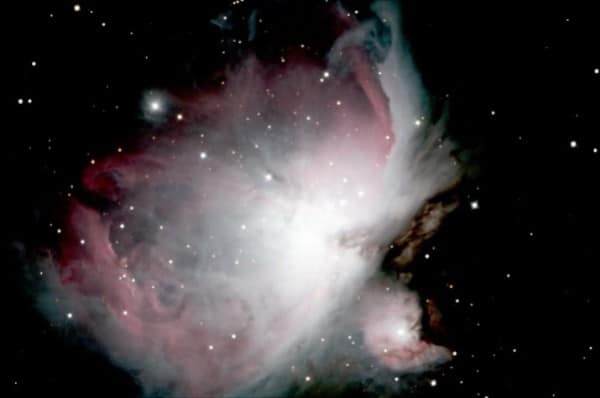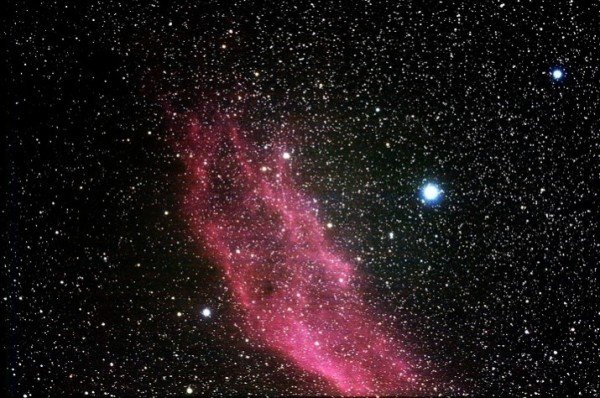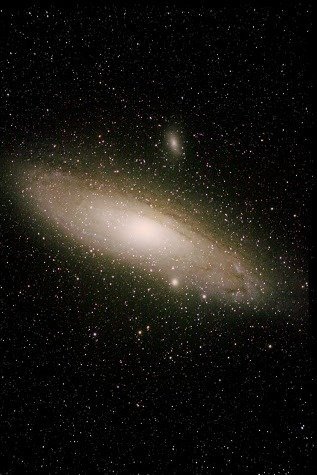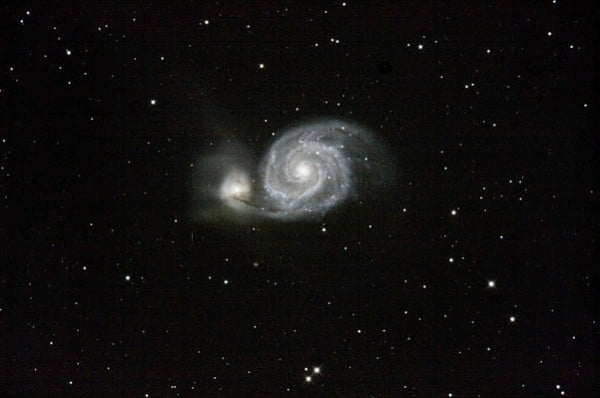Looking for a unique travel experience for your family? How about stargazing? Stargazing tourism is huge right now, as more people get outdoors. The very definition of travel is to explore new places, and what better place to explore than to see the stars and planets in our universe? Here are Six Amazing Stargazing Destinations in the United States, so you won’t need a rocket ship to travel to the stars!
These beautiful state and national dark parks in the United States offer some of the darkest skies in the world for optimal stargazing so your family can see the universe (including our Milky Way) in a whole new way. Pack the kids in the car, grab a telescope and binoculars, and turn science into an adventure by going stargazing!

Photo by David Bradley M42 Orion Nebula
Six Amazing Stargazing Destinations in the United States
What do You See?
Where to See Dark Skies
1. Cherry Springs State Park
2. Headlands International Dark Park
The Headlands International Dark Park, in Mackinaw City, Michigan is one of the few dark parks in the Midwest. It received a Silver Tier Dark Park rating in 2011, with an average Bortle scale of 3-5. Although there is no camping allowed in the park, they do allow visitors to bring blankets and sleeping bags to sleep under the stars. They offer dark park stargazing programs every month, at no cost to the public.

Photo by David Bradley California Nebula
3. Big Bend National Park
Big Bend National Park, in western Texas, offers visitors spectacular views of the night sky. With a Bortle scale of 1-2, it is one of the darkest areas of the United States. In 2012, Big Bend received a Gold Tier Dark Park rating by the International Dark Sky Association, the second such rating in the whole country. In addition to the gorgeous sky views, Big Bend is known for its geology and fossils, including some that date back 9,000 years.
4. National Bridges National Monument
The first park to receive “dark park” designation (by the International Dark Sky Association) was the Natural Bridges National Monument, in southeastern Utah. Natural Bridges is known for its colorful sandstone formations, including Sipapu, the second-largest natural bridge in the world, so visitors get both gorgeous ground and sky views. This park has a Bortle class of 1-2, making it the darkest park in the United States, with brilliant views of the Milky Way.
 5. Death Valley National Park
5. Death Valley National Park
Death Valley National Park in Nevada is the third darkest park in the United States. Less than five hours from Los Angeles (Bortle class 9) star watchers have unlimited views of the night sky, boasting a Bortle class of 2-3. The park offers sky programs and stargazing parties during the winter and spring, while the weather is still cool. (Bonus: If you visit Death Valley in the early spring, you may also have a chance to see the rainbow of spring wildflowers that blanket the park.)

Photo by David Bradley M51 Galaxy
6. Goldendale Observatory
Goldendale Observatory Park in Washington State features one of the largest public telescopes in the country, a 24.5-inch custom-built Cassegrain-pattern reflector. It is the only park in the northwestern United States to receive a Dark Sky designation. A silver-rated dark park, viewers enjoy clear skies of 3-5 on the Bortle scale. The park offers both day and evening telescope viewing programs.
There is always something happening in the sky above to show our children. Super novas, meteor showers, and other celestial events make stargazing fun and informative every time of year, and most of the dark sky parks offering stargazing parties, as do local astronomy clubs.
- To find the light pollution level in your area, check out the Dark Sky Finder.
- For up-to-date conditions by day, visit Clear Dark Sky. For information on the International Dark Sky Association, visit their website.
- To find stars, constellations, and other heavenly bodies, use the Sky Guide app.








4 comments
This has me rethinking where to go in UT when we head out west this summer as I have a budding astrophysicist! We were able to see the Milky Way when we were in Sunriver, OR last summer and it was an amazing experience.
Oh wow, these pictures are stunning! My sister loves stargazing, and I have went out and looked with her, and it is breathtaking when you get to take a closer look at the stars!
This is such a great idea. People don’t realize how much light pollution can affect stargazing, nice to have some ideas of where to go to get a clear sight. Thanks for sharing.
Thanks Paige! We love to get out of the city and see the stars!